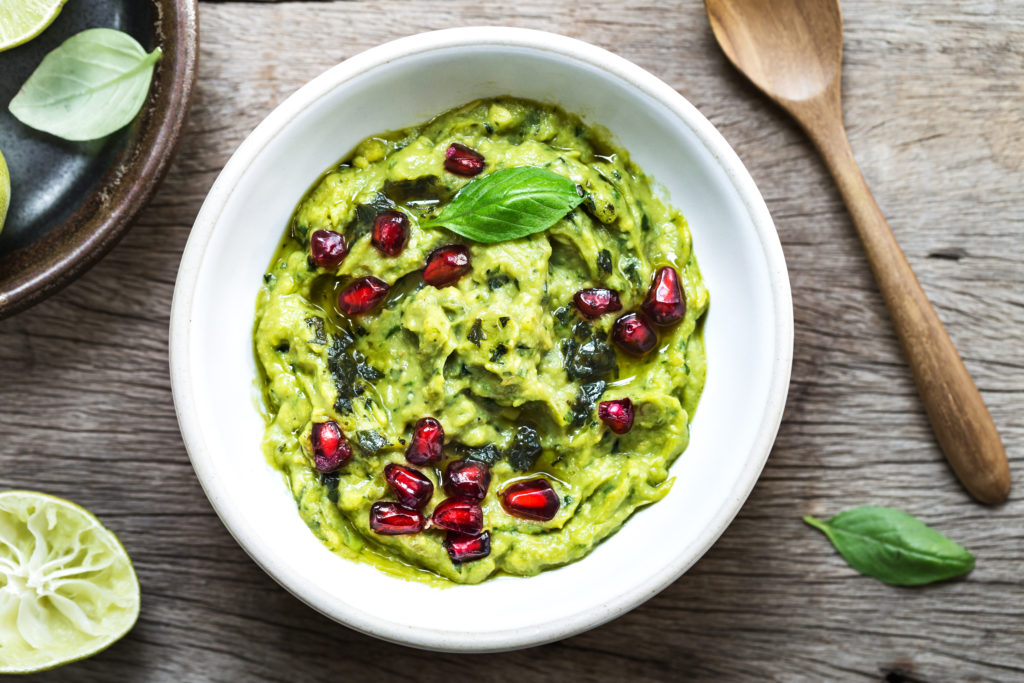How to plant
The larger the space, the bigger the tree. An avocado tree’s average height is between 30 and 40 ft, some getting up to 80 ft.
To create the healthiest environment for your tree to grow, test your soil’s pH before planting. Avocado trees require a soil pH of 7.0 or below. Optimally, the soil pH is between 6.2 and 6.5. If you find the soil is alkaline, you can mulch the soil and add an organic amendment such as peat moss to gradually lower its pH.
If planting in a location with high winds, it’s best to plant it near a windbreak. Ideally, plant the tree in well-drained soils with moderate temperatures.
In the San Fernando Valley, young Hass Avocado’s trees’ leaves can be damaged when planting in areas with too much afternoon sun during the hot, dry summers. This is due to the large surface area of the avocado tree and dry climate in the valley. Planting them in areas with morning sun and afternoon shade will protect the tree from excessive sunlight that causes yellowing and browning of the leaves.
The avocado tree is an evergreen meaning it doesn’t shed its leaves in the winter and stays green year-round. Although, near-freezing temperatures during winter nights can damage the tree causing leaves to blacken and dry. Hass Avocado does excellent by the coast in Malibu, Ventura, Santa Barbara, and San Diego, where the ocean regulates the temperature. They also grow in Glendale, Burbank, Pasadena, Sherman Oaks, Encino, Tarzana, Reseda, Woodland Hills, West Hills, Calabasas, Agoura, and Thousand Oaks, but their microclimate should be considered.
How to care
Newly planted trees need to be irrigated, on average, twice a week to establish a healthy root system. This is because avocado tree roots do not search for water as they only extend six inches under the soil. If the soil dries, it can cause the tree to stress. A healthy avocado tree needs moist soil, but not too wet, or the tree can drown due to waterlogging.
Avocado trees are usually pruned in winter to maintain the tree’s shape and size. Trim the branches, so the tree’s skirt does not touch the ground. You’ll need to fertilize your young tree with nitrogen three times a year, in the spring, summer, and fall. Keep area atop roots well mulched, ideally with natural leaf litter and/or chunky organic mulch.
When to harvest
The Hass avocado tree has dark green-colored, bumpy skin, which becomes a dark purplish-black when ripe. Avocados richen in taste the longer they are left on the tree but become foul when left on too long.
The most efficient way to know if the avocado is ready is to pick a large and dark fruit from the tree and leave it at room temperature for about a week. If the avocado softens, the remaining fruit is most likely ready to be harvested. If it shrivels or remains hard, the fruit is not ready for harvesting.
Pomegranate Guacamole Recipe

Avocados make just about any meal better. You can pair them with salads, toast, or even your morning eggs. Fuerte Avocado used to be the most popular for making guacamole before the Hass came around. Fuerte is a Type B avocado tree that needs to be pollinated by a Type A avocado tree, such as the Hass. Hass became more popular because of its self-fruiting and self-pollinating nature, its longer fruiting season, and you can easily tell when it’s ripe because the skin goes black. In contrast, the Fuerte gets dots on its skin color and becomes dark green when mature.
Use our recipe below to make guacamole straight off your avocado tree.
Prep: 10 minutes
Servings: 8
Ingredients:
– 4 medium ripe avocados
– 2 medium pomegranate
– 2 tablespoons freshly squeezed lime juice
– 2 garlic cloves
– ½ medium red onion
– 1 to 2 jalapeños
– ¼ cup fresh cilantro
– 2 tablespoons freshly squeezed lime juice
– 1 teaspoon sea salt
– 1/4 teaspoon pepper
Instructions:
Pitt and dice the avocados. Cut and deseed the Pomegranate. Chop the cilantro, jalapeños, and onion. Mince the garlic cloves. Place the avocado into a bowl and mash into a creamy consistency. Add in the pomegranate seeds, red onion, cilantro, jalapeño, and garlic into a bowl. Stir gently. Finish preparing your guacamole by adding fresh lime juice, salt, and pepper.
Store in the fridge in a well-sealed container. Keep an avocado pit or two inside the mix to keep the dip fresher for longer. Use within a week.


